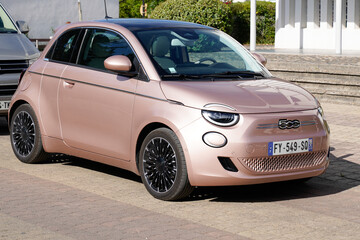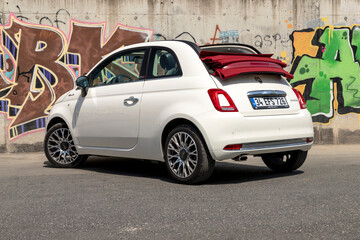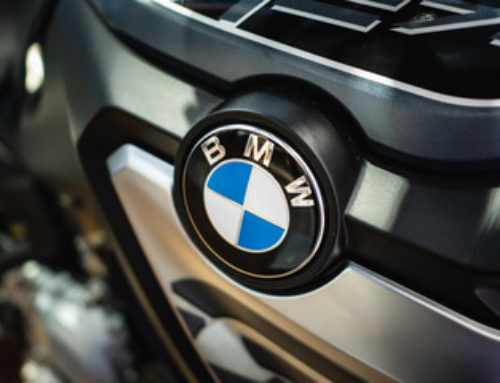When it comes to automotive history, few brands can rival the rich and enduring legacy of Fiat. Founded in 1899 in Turin, Italy, Fiat (Fabbrica Italiana Automobili Torino) has played a pivotal role in shaping the automobile industry. With its commitment to innovation, iconic designs, and a passion for creating vehicles that capture the essence of Italian style, Fiat has become a household name worldwide. In this blog, we will take a journey through the captivating history of Fiat and explore the milestones that have made it a true automotive icon.
- The Birth of Fiat: Fiat was founded by Giovanni Agnelli and a group of investors in 1899. The company’s first factory, Lingotto, became a symbol of innovation, featuring a rooftop test track that allowed cars to be driven directly to the top floors for final assembly. This groundbreaking concept showcased Fiat’s commitment to innovation from its earliest days.
- Early Successes and the Fiat 500: In the early 20th century, Fiat began to gain recognition for its successful racing endeavors. The company’s racing team achieved numerous victories, solidifying Fiat’s reputation for performance and engineering excellence. In 1936, Fiat launched the iconic Fiat 500 “Topolino,” a compact car that became a symbol of affordable mobility for the masses. The Topolino’s success laid the foundation for Fiat’s future achievements.
- The Fiat 600 and the “Italian Miracle”: In the post-World War II era, Fiat played a vital role in Italy’s economic recovery, often referred to as the “Italian Miracle.” The Fiat 600, introduced in 1955, was a compact and affordable family car that captured the hearts of Italians and contributed significantly to the country’s mobility. The Fiat 600 became synonymous with practicality and accessibility, selling millions of units and solidifying Fiat’s position as a leading automaker.
- Iconic Designs: Fiat 124 Spider and Fiat 500: Fiat has always been renowned for its ability to create vehicles that captivate the imagination with their design. In the 1960s, the Fiat 124 Spider was introduced, combining sleek Italian styling with a sporty driving experience. With its timeless design, the 124 Spider became an icon of open-top motoring.
Continuing the legacy of the original Fiat 500, the modern Fiat 500 was reintroduced in 2007. This retro-inspired compact car captured the essence of the original while incorporating modern technology and fuel efficiency. The Fiat 500 became a symbol of urban chic and garnered a cult following worldwide.
- Global Expansion and Partnerships: Throughout its history, Fiat has expanded its reach beyond Italy’s borders, establishing a global presence through partnerships and acquisitions. In the 1980s, Fiat acquired Alfa Romeo and Lancia, further diversifying its vehicle lineup. The company later formed a strategic alliance with Chrysler, leading to the creation of Fiat Chrysler Automobiles (FCA) in 2014. This partnership allowed Fiat to enter new markets and strengthen its position in the global automotive industry.
- Electric Future: Fiat’s Commitment to Sustainability: In recent years, Fiat has embraced the shift towards electric mobility. The introduction of the all-electric Fiat 500e and the Fiat New 500 marks a new chapter in the company’s history, emphasizing sustainability and zero-emission transportation. These electric models combine Fiat’s iconic design with advanced electric technology, setting the stage for Fiat’s commitment to a greener future.






